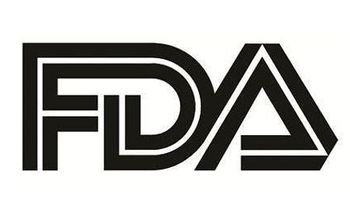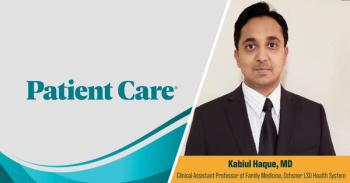
Atherosclerosis: TMAO and Evidence for the “Infectious” Hypothesis
The “infectious” hypothesis of atherosclerosis (including bacterial and viral etiologies) may have new support.
The association between consumption of red meat or egg yolks and higher rates of cardiovascular events has long been established. However, the mechanism underlying this finding has traditionally been attributed to higher levels of low-density lipoprotein cholesterol (LDL-C) in affected individuals.
The 2 recent and provocative articles1,2 published by Dr Stanley Hazen and colleagues from the Cleveland Clinic suggest that there may be an alternative molecular explanation for this association. Choline, which is found in egg yolks and meat, can be converted to trimethylamine-N-oxide (TMAO) by intestinal flora. Similarly, red meat is rich in carnitine and can also be metabolized to TMAO. Previous data have established that TMAO alters cholesterol metabolism in the endothelium and within the liver and intestines and can participate in atherogenesis.3
Authors of the current study were able to establish circulating TMAO level as an independent predictor of death, MI, and stroke even in an otherwise low-risk group (adjusted HR = 1.43; 95% CI, 1.05-1.94; P = .02). The crude hazard was adjusted for demographic factors (age, sex, smoking status, body mass index), comorbid conditions (systolic blood pressure, LDL, high-density lipoprotein, diabetes, glomerular filtration rate), inflammatory biomarkers (C-reactive protein, myeloperoxidase, total white blood cell count), and concomitant medications (aspirin, statins, ACE inhibitors, angiotensin-receptor blockers, beta-blockers).
In addition, as part of this study, 40 apparently healthy volunteers, with no known heart disease, recent infections, or antibiotic use were administered a deuterium-labeled phosphatidylcholine challenge, before and after antibiotics, with monitoring of plasma and urinary TMAO levels. By altering the gut flora, antibiotics successfully suppressed TMAO production from food, with return of TMAO production after repopulation of the gut flora a month later.
The “infectious” hypothesis of atherosclerosis (including bacterial and viral etiologies) has been well examined but with no conclusive evidence reported.4-7 For many years, it has thus been believed that antibiotics and therapies aimed at altering microbial microenvironments would not alter the course of atherosclerosis. The current study provides contemporary hypothesis-generating evidence that in fact this may be a readily modifiable risk factor. By modulating TMAO levels through decreased dietary intake of precursor amino acids, using long-term suppressive antibiotics to effect intestinal conversion, or using targeted therapies to interfere with the downstream effects of TMAO, many exciting possibilities exist for modifying this newfound association.8References:
1. Tang WH, Wang Z, Levison BS, et al. Intestinal microbial metabolism of phosphatidylcholine and cardiovascular risk. N Engl J Med. 2013;368:1575-1584.
2. Koeth RA, Wang Z, Levison BS, et al. Intestinal microbiota metabolism of L-carnitine, a nutrient in red meat, promotes atherosclerosis. Nat Med. 2013;19:576-585.
3. Bennett BJ, de Aguiar Vallim TQ, Wang Z, et al. Trimethylamine-N-oxide, a metabolite associated with atherosclerosis, exhibits complex genetic and dietary regulation. Cell Metab. 2013;17:49-60.
4. Higgins JP. Chlamydia pneumoniae and coronary artery disease: the antibiotic trials. Mayo Clin Proc. 2003;78:321-332.
5. Andraws R, Berger JS, Brown DL. Effects of antibiotic therapy on outcomes of patients with coronary artery disease: a meta-analysis of randomized controlled trials. JAMA. 2005;293:2641-2647.
6. Pretet JL, Mercier M, Riethmuller D, et al. Human Papillomavirus and cardiovascular disease. J Am Coll Cardiol. 2012;60:81-82.
7. Kuo HK, Fujise K. Human papillomavirus and cardiovascular disease among U.S. women in the National Health and Nutrition Examination Survey, 2003 to 2006. J Am Coll Cardiol. 2011;58:2001-2006.
8. Loscalzo J. Lipid metabolism by gut microbes and atherosclerosis. Circ Res. 2011;109:127-129.
Newsletter
Enhance your clinical practice with the Patient Care newsletter, offering the latest evidence-based guidelines, diagnostic insights, and treatment strategies for primary care physicians.





































































































































































































































































































